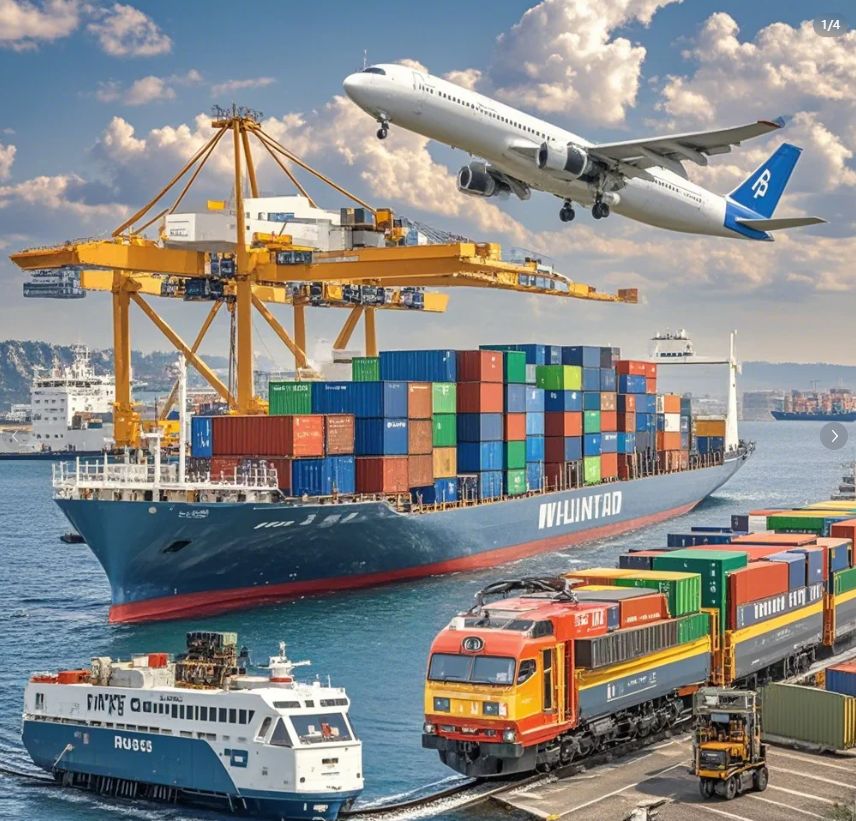The Three Essential Documents for Ocean Freight Export: Manifest, Customs Declaration, and Bill of Lading
Release time:
2025-07-23
When it comes to ocean freight export, there are three core documents every exporter must be familiar with: the Manifest, Customs Declaration, and Bill of Lading. These documents are crucial not only for the smooth clearance of goods but also for the efficiency and security of transportation. Today, we will dive into the details of these three essential documents and their key considerations.
1. Manifest
The manifest is a summary of the goods carried by a transport vessel (such as a ship) and serves as an important customs control document. It is divided into the original manifest, pre-distribution manifest, and loading manifest. Typically, the manifest is submitted to the shipping company or freight forwarder and then to the customs system before the cut-off time, together with the bill of lading details.
Key Information:
Shipper and consignee information
Goods description: product name, quantity, weight, volume
VGM (Verified Gross Mass): weighing method and seal number
Vessel name, voyage number, origin, and destination
Bill of Lading number, customs-related information
Important Notes:
After the manifest is released, any modifications require approval from customs. Errors in the manifest can lead to inspections or delays.
2. Customs Declaration
The customs declaration is the official document that exporters submit to customs to declare the goods being exported. It plays a vital role in determining whether the goods will be released for export and whether the exporter is eligible for any tax refunds.
Key Information:
Shipper and consignee details (including customs code and tax number)
Goods details (HS code, product name, specifications, quantity, price)
Regulatory documents (e.g., licenses, certificates of origin) and trade method (general trade, processing trade, etc.)
Duty status (tax-exempt or taxable), settlement details (exchange and payment information)
Role:
The customs declaration helps customs authorities determine if the goods comply with export regulations and if the shipment will be approved for export. It is also the key document for processing tax refunds.
Important Notes:
The content of the customs declaration must align exactly with the actual goods, contracts, and invoices.
Changes to the declaration require formal applications and related documents, which can be a complex process.
3. Bill of Lading (B/L)
The Bill of Lading is a receipt issued by the carrier to the shipper, serving as both proof of shipment and a transportation contract. It also acts as a document of title for the goods (ocean freight B/L can be endorsed and transferred, whereas air waybills are not documents of title). The B/L is one of the most important shipping documents in international trade.
Bill of Lading Information:
Shipper, consignee, and notifier information (must match the manifest and customs declaration)
Shipping terms (e.g., CY-CY, port-to-port), payment terms (prepaid or collect)
Goods description (must match the manifest and customs declaration)
B/L number, issue date, carrier’s signature or stamp (indicating the goods have been loaded or received)
Types of Bills of Lading:
Original Bill of Lading: Requires the original document to pick up the goods
Telex Release Bill of Lading: Electronic release of goods, no original document required
Amendments to the Bill of Lading:
Changing the product name: Generally not allowed after the vessel has sailed
Changing the quantity: Related to short or overloading issues
Changing the address: Can usually be left unchanged if minor
Changing the port: Requires confirmation from the shipping company and customer consent
4. Document Combination & Key Considerations
The typical combination of documents required for ocean freight export includes the Manifest, Customs Declaration, and Bill of Lading. The correct sequence for document creation is as follows:
Confirm the order and contract details
Prepare and submit the customs declaration
Carrier generates the manifest based on customs data
Once the goods are loaded, the Bill of Lading is issued
Consistency is Key:
Ensure that the following information remains consistent across the Manifest, Customs Declaration, and Bill of Lading:
Product name, specifications, quantity, weight, volume
Seal number, packaging details
HS code on the customs declaration
Conclusion
Whether you are an exporter, freight forwarder, or cargo owner, understanding and handling these three essential documents accurately is crucial. They are not only vital for smooth customs clearance but also have a significant impact on the timely and safe delivery of your goods. We hope this post provides you with a clear understanding of the "three essential documents" in ocean freight export and helps you avoid unnecessary delays due to document errors.
For more information, visit our official website: Passionship Logistics
RELATED BLOG
Understanding Door-to-Door Sea Shipping from China to the USA: A Comprehensive Guide
Door-to-door sea shipping from China to the USA is a logistics service that entails transferring goods from a seller's location directly to the buyer's specified destination. This method is especially advantageous for businesses looking to import large quantities of products due to its cost-effectiveness and ability to handle bulky items. The door-to-door sea shipping process generally consists of
View Details









